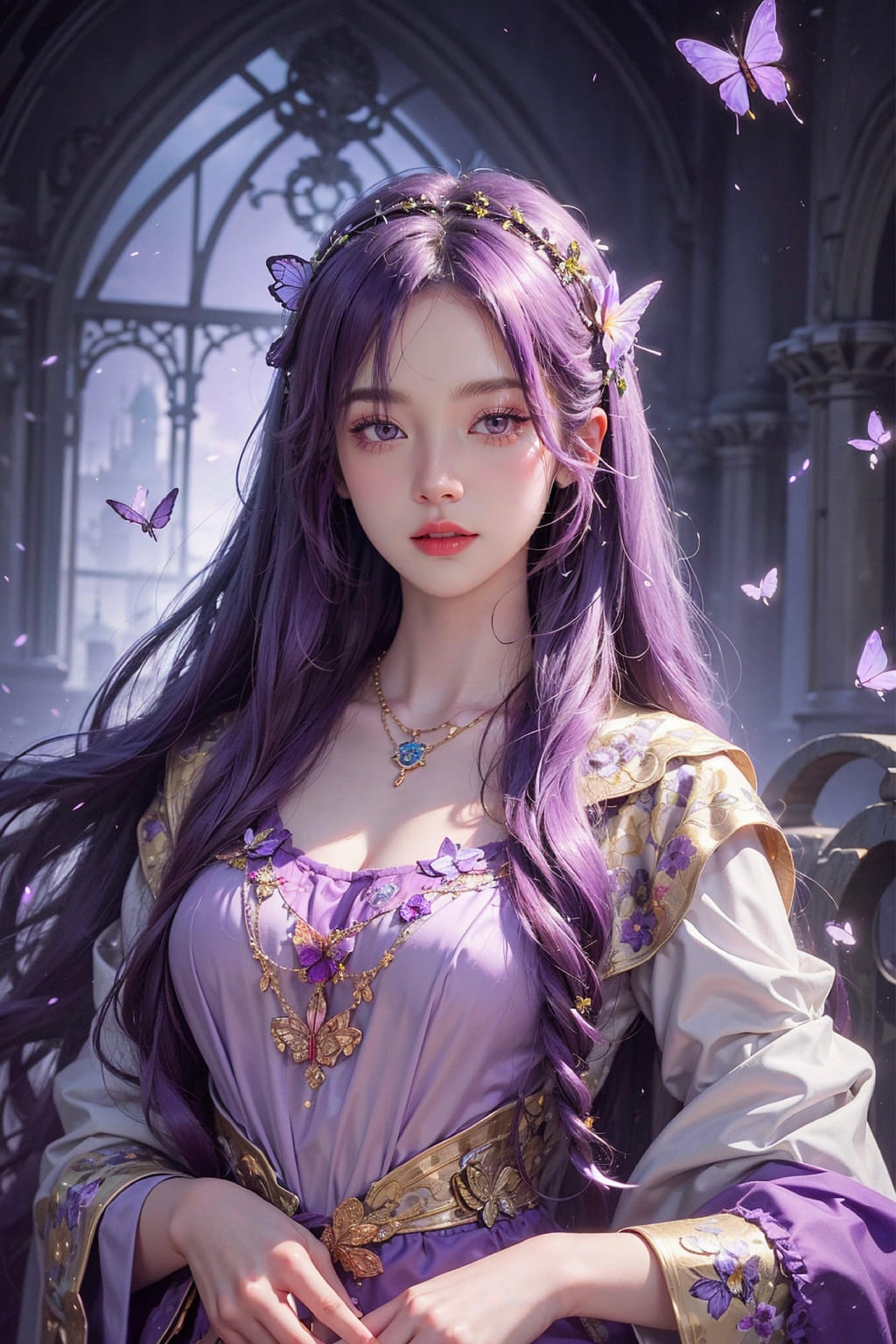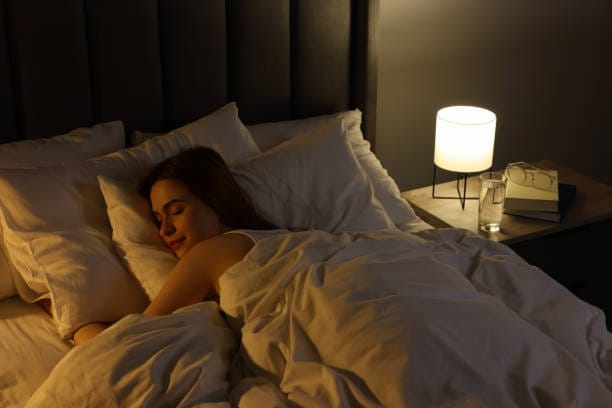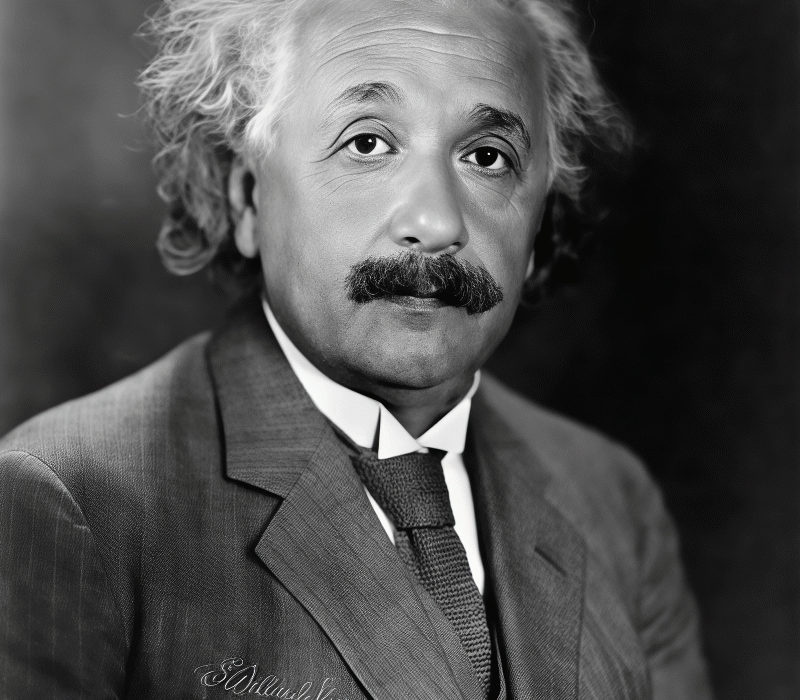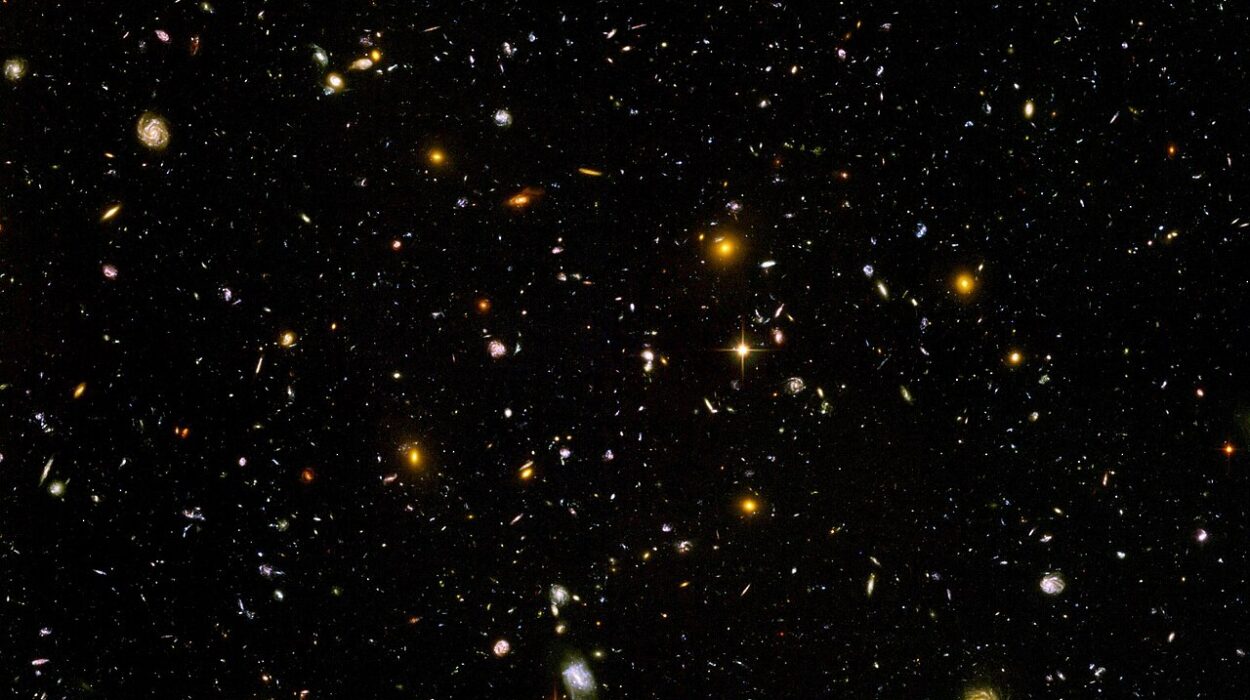To understand why certain AI art tools stand out, we need to examine the criteria by which they are judged. First, fidelity of output: resolution, detail, and how faithfully the image matches the user’s prompt. Second, flexibility: how well the generator responds to different styles, or permits editing, remixing, or refining. Third, user experience: speed, interface design, affordability, community features, or integrations (e.g. into design tools, collaboration, or video). Fourth, ethics and safety: licensing of training data, watermarking or marking of AI-origin images, preventing misuse, stability of identity in images, handling of text, faces, etc. As of 2025 many models are pushing forward not just in artistry but in control, realism, and responsibility.
With that in mind, let’s explore ten AI art generators that in 2025 are among the most impressive.
1. Midjourney v6
Midjourney has long been the go‐to for artists, concept designers, and dreamers who want images that look like they came from concept art studios or fantasy epic scenes. In 2025, Midjourney v6 has pushed the envelope further: improvements in realistic lighting, textural detail (hair, skin, fabrics), facial fidelity, environmental realism, and style persistence. The tool’s strength is in surreal, cinematic, high-imaginative visuals—things you might see in a high-end video game, a fantasy novel cover, or a film concept.
Its prompt comprehension has improved: users can set style tuners and “aesthetic anchors” so that once a style is chosen, the system will try to maintain consistent color palette, mood, brush-stroke feel, even across multiple images. Also, its upscaling capabilities are stronger: low-to-high resolution transitions are now smoother; small details (like feathers, foliage, metallic surfaces) are much less prone to blur or artifacting. The trade-offs include cost (subscriptions or credits), and the learning curve if you want full control. For many, however, Midjourney v6 remains the gold standard for imaginative, atmospheric artwork.
2. DALL·E 4 (OpenAI)
Evolution from earlier versions makes DALL·E 4 one of the most capable generalist tools in 2025. It integrates deeply with OpenAI’s ecosystem, permitting conversational refinement: you can begin with a simple prompt, see output, ask for edits (“make the sky more dramatic,” “reduce noise around the edges,” “add shadows like golden hour”), and the system will respond more intelligently. The prompt-fidelity is high: what you ask is (more often than before) what you get.
Technically, DALL·E 4 improves generation in areas traditionally difficult: text embedded in images (logos, signs, banners), correct perspective in complex architectural scenes, handling of multiple light sources, reflections, shadows. Also, it tends to have more polished style transfer and more reliable output when blending styles. It’s useful for marketing visuals, book covers, realistic composites, or stylized illustrations. The downside: advanced editing tools or large output sizes may still require paid tiers; control over micro-elements sometimes less granular than in specialized tools.
3. Imagen 4 (Google / DeepMind)
Imagen has been steadily developing, and in 2025 the version known as Imagen 4 is one of the top photo-realistic and fine-detail tools. It uses diffusion models plus large language model components to better understand prompt semantics; its multi-stage diffusion (coarse to fine) gives extremely high fidelity, especially for things like natural landscapes, subtle textures, lighting, and reflections.
Its capabilities include multiple aspect ratios (9:16, 3:4, 1:1, etc.), better rendering of environments, more accurate light sources (sunset, moonlight, indoor lighting), photographers’ styles (film grain, color grading). Imagen still has some challenges: rendering perfectly realistic human fingers; text elements can sometimes distort. But where it succeeds, it often produces images indistinguishable from high-end photography (when that is the goal).
4. Ideogram
Ideogram (version 3.0, as of early 2025) is remarkable because it handles legible text embedded within generated images more reliably than many competitors. That is a hard technical challenge: combining image synthesis and sharp, readable typography (signs, captions, banners) without them looking warped or unnatural. Ideogram also allows graphic design-style composition, layout control, and works well for social media, posters, branding.
Moreover, it has become faster: for many users, the free or freemium tier delivers images with decent resolution, style variety, and speed. Because of that, it’s become a favorite when you want something polished but not overly elaborate—good for banner art, stylized social posts, and quick concept sketches.
5. Nano Banana (Gemini 2.5 Flash Image)
Nano Banana, the public name for Gemini 2.5 Flash Image, is one of the newer models making headlines in 2025. What makes it stand out is its photo editing capabilities combined with strong image generation quality. Users can issue prompts like “change hairstyle,” “alter background,” or “add dramatic lighting” and Nano Banana maintains subject consistency (same person or same object) across edits.
Its viral fame comes from its ability to produce very styled 3D figurine-like figures that look lifelike, with texture, shadow, and pose that feel real. It also includes SynthID watermarking, so generated images carry a signature to trace them as AI outputs. This is part of an industry trend toward responsible disclosure. Its multi-image fusion, ability to mix photos or image references with text prompts, and context-aware edits (you can say “as if taken at golden hour,” etc.) are also strong points.
6. Stable Diffusion + UIs / variants
Though not always one single tool, Stable Diffusion (and its various forks, UIs, checkpoints, custom models) remain critically important in 2025. Because open source is powerful, many artists, developers, and hobbyists use Stable Diffusion variants to fine-tune custom styles, build localized models, or integrate into pipelines (for video, for mixed media, for graphic design).
Variants might include specialized checkpoints trained on particular art styles (e.g. anime, fantasy, 3D, photorealism), or tools layered on for better prompt-editing, interactive inpainting, mask-based editing, or local image condition (e.g. using a reference image). For those who want maximum control, the ability to run models locally (with enough GPU) means no waiting, no subscription, and the freedom to experiment. The trade-off is that setup can be complex, compute demands high, and sometimes support or community features are more fragmented.
7. Leonardo AI
Leonardo AI has become a top choice especially among creatives more interested in fantasy art, game asset generation, character design, environment concept art. It offers specialized model libraries, presets tuned for popular art styles, fast iteration, generating variants of a concept or scene, and also good upscaling and detail work.
What people appreciate is its UI, ease of picking a style and getting results that look polished. The capability to export high-resolution images with minimal artifacting, the speed of iteration (seeing variations or tweaks quickly), and the growing library of community-shared styles and prompts give it strength. Not always top in photorealism (depending on model), but strong in creative or stylized art.
8. RunwayML
RunwayML no longer simply is about image generation. By 2025, it’s offering tools that bridge into video, motion, style transfer over sequences, editing tools that let you fix parts of images, control lighting, mask elements, or extend frames. If you want to animate, extend scenes, or work in mixed media, Runway is powerful.
Its infrastructure supports creators who combine AI art with video production, background replacement, or even VFX-like tasks. As more content moves to video or animated formats (social media, short film, immersive art), Runway’s evolving toolkit matters.
Also, for many users its interface is accessible even if the back-end is complex: you don’t always need to know how diffusion works or neural networks; you just manipulate sliders, masks, or sample variants.
9. Adobe Firefly
Adobe has long been a leader in creatives’ tools, and Firefly is its AI art generator line. In 2025 Firefly has matured in several ways: better integration with Adobe’s design ecosystem (Photoshop, Illustrator, Express), models trained on licensed content so output is safer for commercial usage, style consistency for brand identity, and faster, cleaner tools for generative fill, layout, and vector art.
Firefly is especially strong where you need art that aligns with brand assets: consistent color palettes, adherence to style guidelines, also where vector output (so scalable for print or design) matters. Designers like the ability to start with a prompt but then tweak the composition, remove or add objects, adjust lighting, shadows, textures, etc. With Firefly you often get more predictable behavior in editing workflows, which is valuable when you need not just creativity, but reliability and consistency.
10. HiDream-I1 (and related models)
A newer entrant in 2025 is HiDream-I1, an image generative foundation model with a “sparse Diffusion Transformer” architecture. As explained in its release papers, this model aims to balance quality with speed and computational cost. It can produce high-quality images rapidly, and also supports instruction-based editing (change this, adjust that), image conditions (i.e. use an input image, apply a transformation), and varied modes (Full, Dev, Fast) suited to different device or compute constraints.
HiDream-I1 represents a move toward more efficient yet expressive models. For artists wanting powerful outputs without paying large compute costs, or developers embedding generation in apps, models like this are important. It’s also open source (in many variants), which means community contributions, custom style training, and experimental uses are more feasible.
Emerging Tools / Trends to Watch
While the above ten are among the headliners, there are several emerging tools or features in 2025 that deserve attention for where they’re pushing boundaries:
- CREA: A collaborative multi-agent framework for creative content generation. The idea is multiple specialized AI components working together to conceptualize, critique, refine an image — somewhat mimicking how human artists iterate. (arXiv)
- Improved models for preserving identity (when you want consistency of same face or character across edits) and for reducing artifacts.
- Better support for text in images, signs, logos — long a weak point for many diffusion or generative models.
- Ethical transparency: watermarking, model licensing, dataset provenance.
- Efficiency: reducing latency and compute cost (e.g. sparse architectures, MoE – mixture of experts, etc.) so that generating art is faster and more accessible.
Comparative Reflections: What Each Brings Emotionally
What is exciting is not just technical specs, but what these tools allow us to feel, to dream, to create.
- With Midjourney, you step into imagined realms. The emotions that visual opulence evokes — awe, fantasy, mystery.
- DALL·E 4 and Imagen 4 give you moments of recognition, photographic realism: they let us explore beauty in what seems real, even when it’s synthetic.
- Nano Banana gives that uncanny valley feel transformed into something magical rather than disturbing; it lets you toy with identity, edit portraits smoothly, and feel control.
- Ideogram and Firefly feel safe and elegant: design-oriented, useful for commercial art, yet expressive.
- HiDream-I1 and Stable Diffusion variants feel liberating: you can push your ideas, your styles, your personal voice without waiting or breaking the bank.
There’s emotion in creating, but also emotion in seeing your vision realized. The rising generation of artists and hobbyists in 2025 feel a kind of wonder mingled with impatience: the wonder of what’s possible, the impatience for even more control, better fidelity, more ethical clarity.
Challenges, Risks, and Ethical Considerations
An article about amazing tools must also confront complexity. With great capability comes great responsibility. There are several scientific, technical, and ethical concerns:
- Training data provenance: Many AI models are trained on vast image datasets scraped from the internet. Issues of copyright, consent, and attribution persist.
- Misuse: Deepfake potential, identity misuse (especially with models that preserve subject identity across images), creation of harmful or misleading content.
- Bias: Style bias, cultural bias. Models may reproduce stereotypes or favor certain artistic traditions over others.
- Text and logo fidelity: Though getting better, models still struggle with readable text in images, and with accurately copying logos or product designs.
- Compute & environmental cost: High-quality image generation, especially at large scale or high resolution, uses heavy GPU resources which consume energy. Models like HiDream-I1 try to mitigate some of that with sparse architectures.
- Regulation & disclosure: Ensuring that images generated by AI are identifiable as such (watermarks or metadata); ensuring artists whose work comprised the training data are respected.
Science and policy are working together more than ever in 2025 to address these. Many tools include features like user prompt logging, watermarking (e.g. SynthID in Nano Banana), or options to exclude style copying of specific artists.
How to Choose the Right AI Art Generator for You
Given these tools, how should one decide which to use? Here are guiding thoughts (not a rigid checklist, but emotional and practical touchstones):
- Purpose: Are you aiming for conceptual fantasy art, or realistic architectural renderings? Posters for social media, or designs for print? Commercial or personal?
- Style control: Do you need a tool that lets you specify mood, lighting, art medium (oil paint, pencil, digital), or keep a consistent style across many images?
- Editing & iteration: How important is being able to tweak, adjust, use reference images, correct errors (masking, inpainting, etc.)?
- Speed and cost: Some tools give free tiers with limited resolution or slower generation; others require subscriptions. Efficient models like HiDream-I1 or more affordable UIs help.
- Ethics / licensing: If for commercial use, you’ll want tools with clean licensing, source transparency, avoiding copyrighted style copying, etc.
- Community & sharing: Sometimes being part of a community (prompt libraries, shared style presets, feedback) is a huge multiplier.
The Future: What’s Next Beyond 2025
Looking ahead, the field seems likely to evolve along these axes:
- Multimodal art: Moving beyond still images to animations, mixed reality, interactive or even immersive art (VR/AR) generated or edited with AI.
- Style personalization: Not just choosing from presets, but teaching an AI your own hand-style (your brushstrokes, color sense, thematic preferences) so that artworks feel like yours.
- Collaborative agents: Like the CREA framework, more systems will see multiple AI agents collaborating (designer, critic, refiner) so that images emerge through iteration, critique, aesthetic judgment, not just single-shot generation.
- Explainability & control: Better tools for understanding why an AI produced an image the way it did (which parts of the prompt mattered, how style blending occurred), and giving non-technical users control without complexity.
- Ethical and legal frameworks: More widespread adoption of watermarking, licensing norms, legal clarity about training data.
- Efficiency & environmental impact: Sparse architectures, MoE (mixture of experts), more efficient hardware, so high-fidelity generation becomes less resource-intensive.
Conclusion
In 2025, AI art generators are no longer novelty toys. They are serious creative tools. They extend human imagination, allowing artists, designers, hobbyists, and dreamers to translate thoughts into images that are beautiful, polished, surprising. Each of the ten tools discussed brings something distinct: photorealism, style control, speed, ethical design, editing power, community, or affordability.
Yet beyond technical benchmarks, their true wonder lies in what they enable in us: to imagine more richly, to play with visual metaphor, to share visions that once existed only in dreams. These tools provoke questions: What is art? Who is artist when the tool participates? What is identity when models can mimic faces or styles?
But perhaps those questions are part of the beauty. Because art is always more than the sum of its materials—whether pigment, pixels, or code. The best AI art generators will be those that feel like collaborators, not just instruments; that let us touch the unexpected in ourselves; that make us gasp, pause, reflect, and want to create again.
As 2025 unfolds, whether you’re a professional, a hobbyist, or simply someone who dreams in color, these AI art tools are among the most amazing companions on the journey of creation. The frontier is wide open, and your next masterpiece might begin with nothing but a prompt and a spark.






